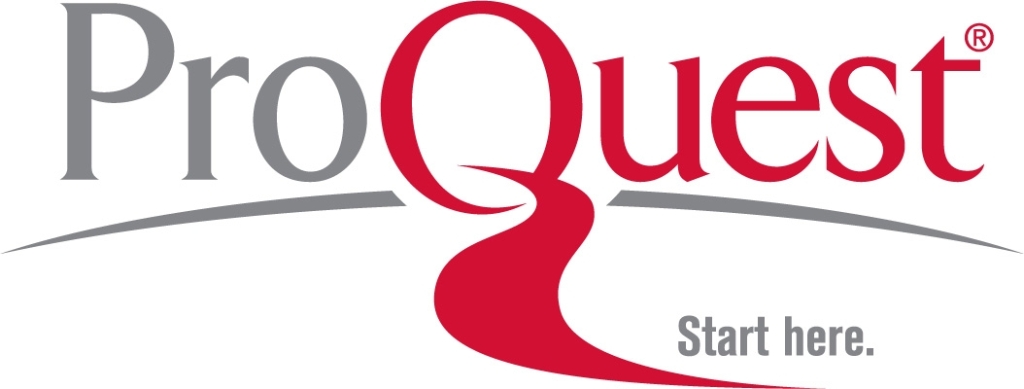ÖZ
Bu araştırma, okul öncesi dönemi çocuklarının sayılardaki parça-bütün ilişkisine yönelik görevlerdeki performanslarını ve kullandıkları stratejileri incelemeyi amaçlamaktadır. Konunun derinlemesine anlaşılmasını sağlamak için nitel durum çalışması yöntemi kullanılmıştır. Araştırmanın katılımcılarını, Milli Eğitim Bakanlığı (MEB)'na bağlı altı devlet okulunda okulöncesine devam eden 43 çocuk (21 kız ve 22 erkek) oluşturmaktadır. Katılımcıların yaşları 61 ile 80 ay arasında değişmektedir. Çocukların sayıların parça-bütün ilişkisine ilişkin performanslarını ve stratejilerini belirlemek için her biri ile 20'şer dakikalık görüşmeler yapılmıştır. Görüşmeler 2020-2021 eğitim-öğretim yılı bahar döneminde pandemi nedeniyle Zoom uygulaması kullanılarak online olarak gerçekleştirilmiştir. PowerPoint programı kullanılarak her slaytta farklı görseller olacak şekilde hazırlanan görüşme soruları, araştırmacı tarafından bir oyun şeklinde çocuklara sunulmuştur. Çocuklara 1-7 arası sayıların parça-bütün ilişkilerini içeren 3 tür (parmak örüntüleri, görsel formlar, saklı nesneler) soru sorulmuştur. Bulgular, çocukların yaklaşık yarısının kendilerine sunulan görevlerde doğru cevaplar verebildiğini göstermiştir. Ayrıca, bütünü temsil eden sayıyı sunmak için kullanılan görev türlerinin de önemli olduğu gözlenmiştir. Bu çalışmanın en ilginç bulgularından biri de, parça-bütün ilişkisi stratejisini kullanan çocukların, sayma stratejisini kullananlara göre daha iyi performans göstermeleridir. Sonuç olarak, okul öncesi öğretmenlerine ve program geliştiricilere, öğretim sürecini, sayıları parçalarıyla birlikte düşünmeye teşvik eden etkinliklerle zenginleştirmeleri önerilmektedir.
ANAHTAR KELİMELER
Okulöncesi, Parça-bütün ilişkisi, Sayı ikilileri, Ayrıştırma-birleştirme, Sayma
DOI: http://dx.doi.org/10.15390/EB.2023.11799







